Contents
2. Who Gets Varicose And Spider Veins?
- Common Risk Factors In Developing Varicose And Spider Veins
- Symptoms Of Varicose And Spider Veins
- Should I Seek Treatment?
What Is Varicose Veins?
Varicose veins are abnormally enlarged, bulgy, swollen blood vessels that also twist and turn. They are usually developing on legs and can be seen through the skin, these abnormal veins usually accompanied by spider veins. Varicose veins aren’t always just directly under the skin, they may also occur deeper underneath the skin surface where you can’t easily see them. Where vein disease can be hidden and will worsen over time. Therefore it is so important for the vascular specialist to get underneath the surface to treat the underlying cause.
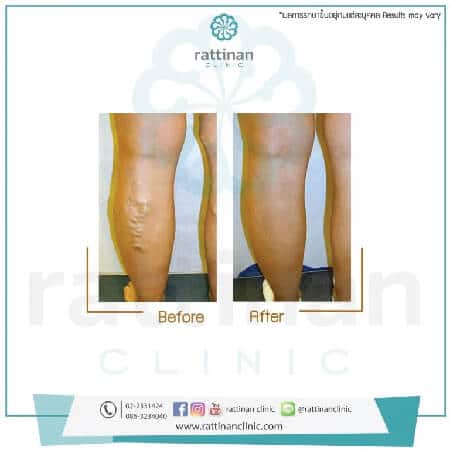
What Is Spider Veins?
Spider veins also known as telangiectasia are smaller, red, purple, dilated blood vessels that also twist and turn. They are commonly visible on the legs and face. Although spider veins are not harmful to health and may not need to be treated there are various situation where treatment may be significant.
Who Gets Varicose And Spider Veins?
Women are more likely than men to develop varicose vein. The contributing factor is thought to be female hormones.
Common Risk Factors In Developing Varicose And Spider Veins
- Hereditary factors
- Obesity
- Hormonal influences of puberty, pregnancy, and menopause.
- Occupations that involve a lot of sitting and standing.
- Birth control pills for woman.
- History of blood clots
- Getting older
- Damaged veins
- Gender
Although having one or more of the above risk factors, this does not mean that you will have or develop varicose or spider veins. While some risk factors, such as family history and gender, cannot be changed, there are some lifestyle changes you can make to prevent varicose veins from getting worse.
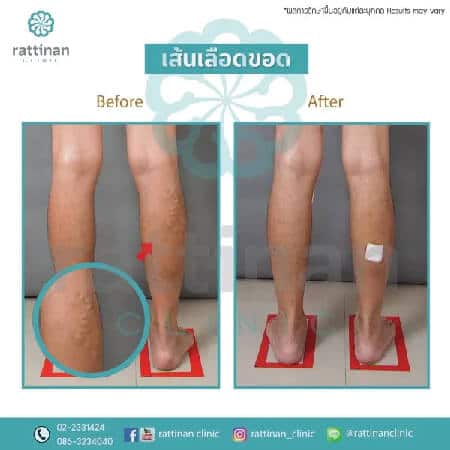
Symptoms Of Varicose And Spider Veins
Some people with varicose and spider veins complain of PAIN, they described it as an aching or cramping in the legs. Other common symptoms are as follows:
- Tiredness
- Restlessness
- Burning
- Throbbing
- Tingling
- Heaviness in the legs.
These symptoms may relieve by elevating the legs or by wearing support stockings. Though in women, symptoms are worse during the certain part of menstrual cycle or during pregnancy.
Should I Seek Treatment?
Varicose and spider veins are not only appearance issue, if left untreated it can progress and rise to other medical problems. No amount of medication or cream can cure it, stocking and leg elevation may relieve symptoms and slow the progression. There are also the latest treatment that are minimally invasive, quick and outpatient visit.
What Are The Available Tteanments?
There are different techniques that are used to treat varicose and spider veins. However, not all of them are effective. In our clinic practice we offer two main treatments that are minimally invasive, quick and outpatient visit.
1. Endovenous Radio Frequency Ablation Therapy (EVRFA)
- Radiofrequency ablation involves heating the wall of your varicose vein using radiofrequency energy, it treats not only the symptoms but also the underlying condition that causes varicose veins.
- A small catheter is inserted in the vein through a small incision made just above or below the knee and guided using an ultrasound scan.
- A probe is inserted into the catheter that sends out radiofrequency energy to the vein wall, causing it to heat, collapse, and seal it shut. Once the vein has been sealed shut, your blood will naturally be redirected to one of your healthy veins.
- The procedure time is less than an hour, may be done in an outpatient visit and can be carried out under local anesthetic (patient awake) or general anesthetic (asleep).
- You should able to walk and return to work immediately after having the radiofrequency ablation and you will wear compression stockings 24 hours for 1 month.
2. Ultrasound-Guided Foam Sclerotherapy
This procedure involves the injection of a small amount of sclerosing agent into the vein guided by an ultrasound scan, the solutions scars and close off the abnormal veins and seals it off from the healthy veins. Treated veins will shrink and will absorb by the body.
Foam sclerotherapy is performed in an outpatient visit.
You should able to walk and return to work immediately after having sclerotherapy and you will wear compression stockings for 24 hours for 1 month.
What solution do you use?
Rattinan clinic uses AETHOXYSKLEROL 1 % as foam solution.
Customized Treatment For Varicose And Spider Veins
Not all patients are the same, so is the treatment. Our vascular specialist will check and customize a treatment plan design appropriately for your condition. He might use a mix of both treatment depending also on his evaluation of your condition and the goal is to get you back on your feet as quickly as possible.
What To Expect After The Treatment?
- You may resume normal activity but with precautions.
- You are required to wear compression stockings.
- Possible discomfort.
- Post-procedure care.
- A sensation of tightness or pulling along the length of the treated vein is normal and to be expected.
- After treatment, patients likely to feel a little sore and bruised but will pass quickly.
How To Prevent Recurrence?
- Keep your weight within an optimal range.
- Exercise or staying active will improve your circulation and strengthen your veins.
- Elevating your legs when resting or sleeping.
- Try not to sit or stand for a long period.
- Wear a support stocking as often as you can.
Simple measures or changes in our lifestyle may help prevent the recurrence and developing also of varicose veins. To find out more about the cost of Varicose Veins, please contact us by phone or e-mail international@rattinan.com

The surgeon who performs the treatment
ASST. PROF. Pisake Boontham
- Diploma of the Thai Board of General surgery
- Diploma of the Thai Subspecialty Board of Vascular Surgery
- PhD in surgery, University of Nottingham, UK
- Clinical Fellow in Transplantation, Addenbrooke’s Hospital, UK, 2008-2009
- Clinical Fellow in Vascular Access, St Gorge’s Hospital, UK
- Clinical Fellow in Interventional Radiology, Chonnam University, South Korea
- Vascular Surgery
- Vascular Access
- Endovascular Aortic Aneurysm Repair (EVAR)
- Peripheral Angioplasty and Bypass Surgery
- Endovenous Surgery
- Kidney Transplantation
Treatment Details
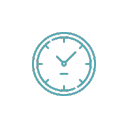
Operation Time
1 1⁄2 Hours
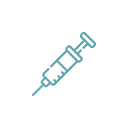
Anesthetic Method
Anesthetic

Stay in Hospital
1 Day

Recovery Period
1 Week After Surgery
Alert : Common complications that can occur after surgery include: Bleeding, infection Or that inflammation They differ depending on the physical condition of each person. Therefore, caution should be followed strictly.
Atmosphere Rattinan Medical Center
Clean, safe and meet international standards
Class A surgical facility
Along with a team of expert doctors
Established 1999
Accredited by AACI (American Accreditation Commission International) 2021- current


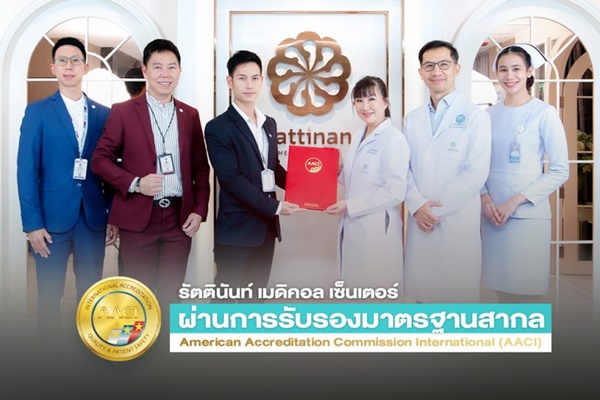
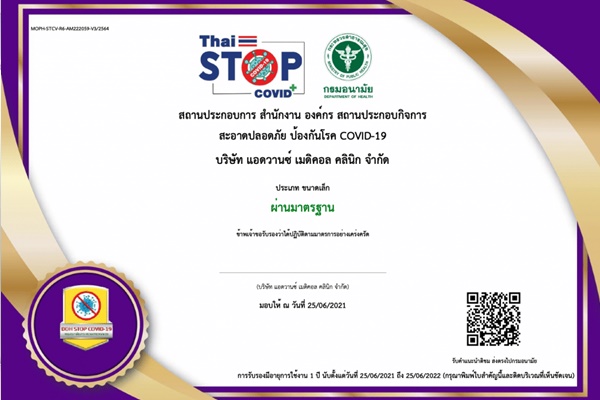
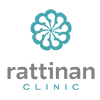
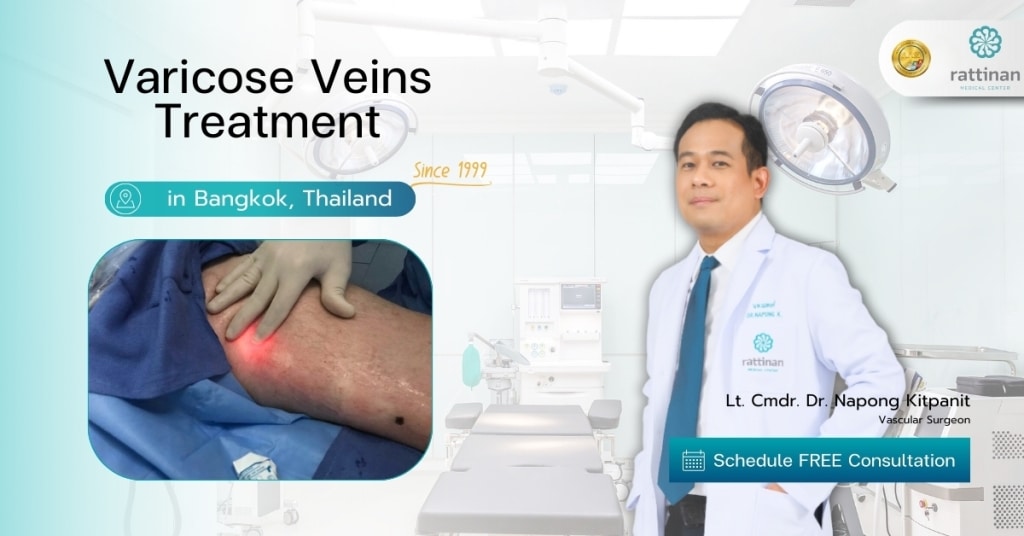

Dr. Suthipong Treeratana (Dr. Nueng) specializes in liposuction and body contouring surgery, focusing on personalized treatment plans to help you feel more confident in yourself.